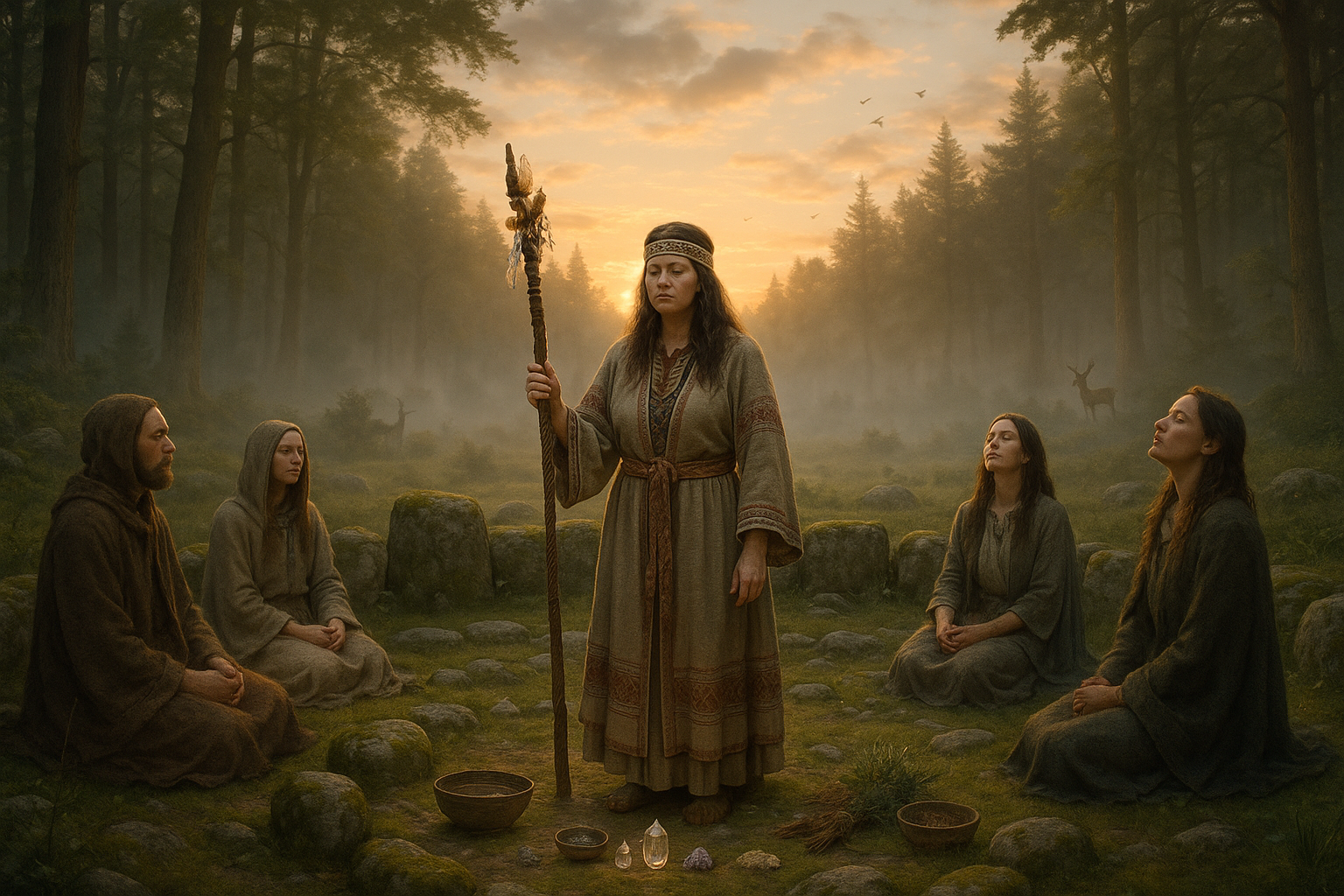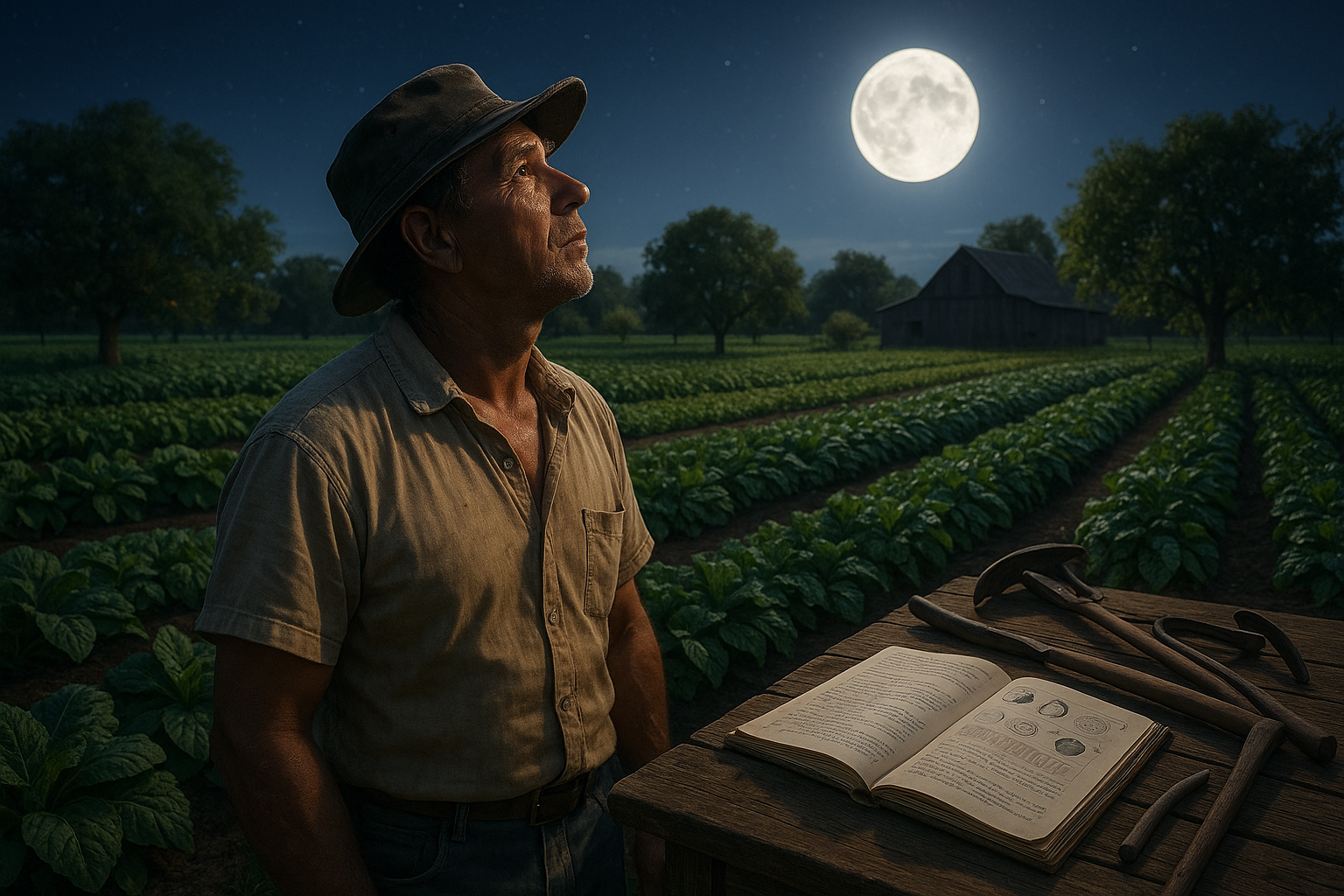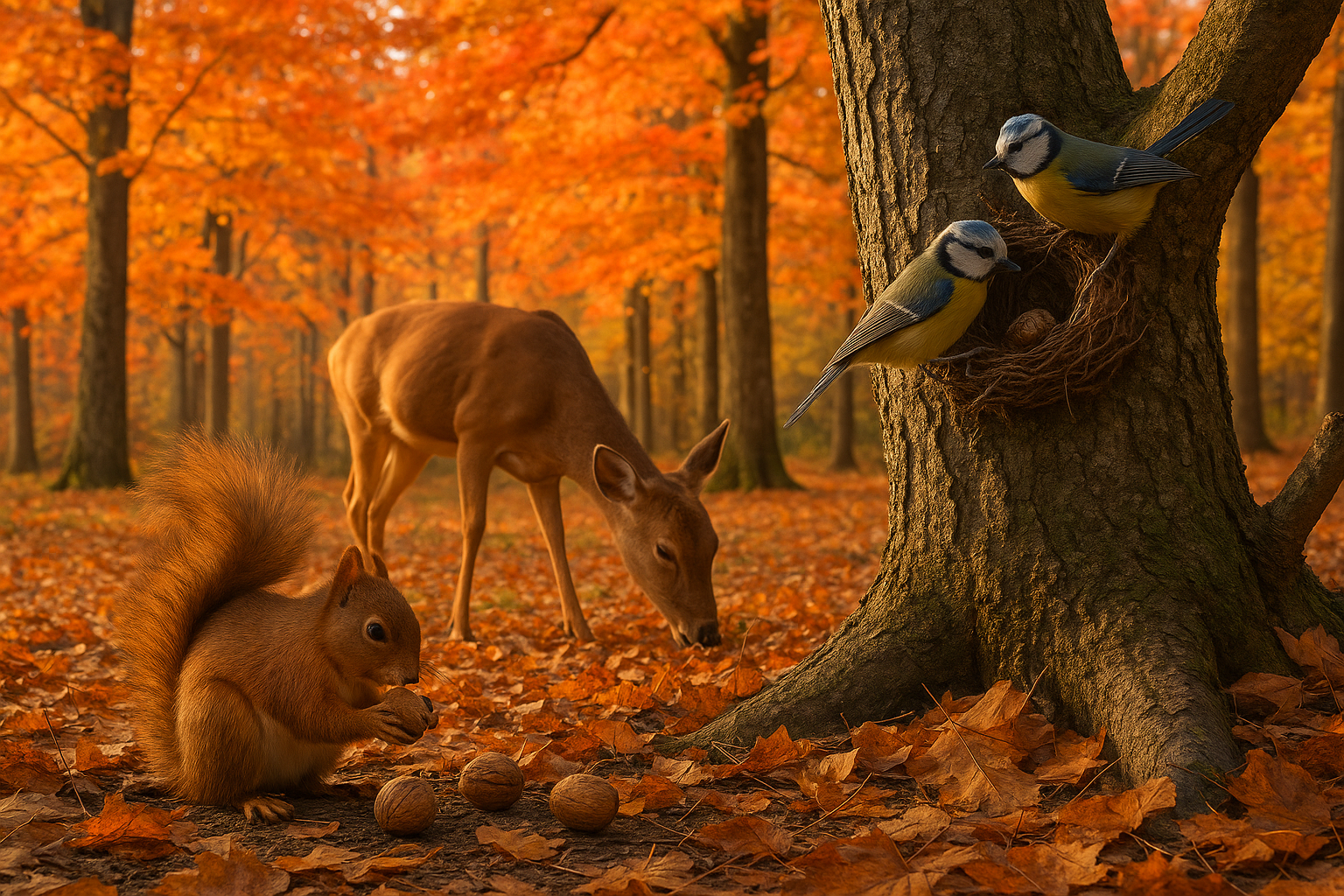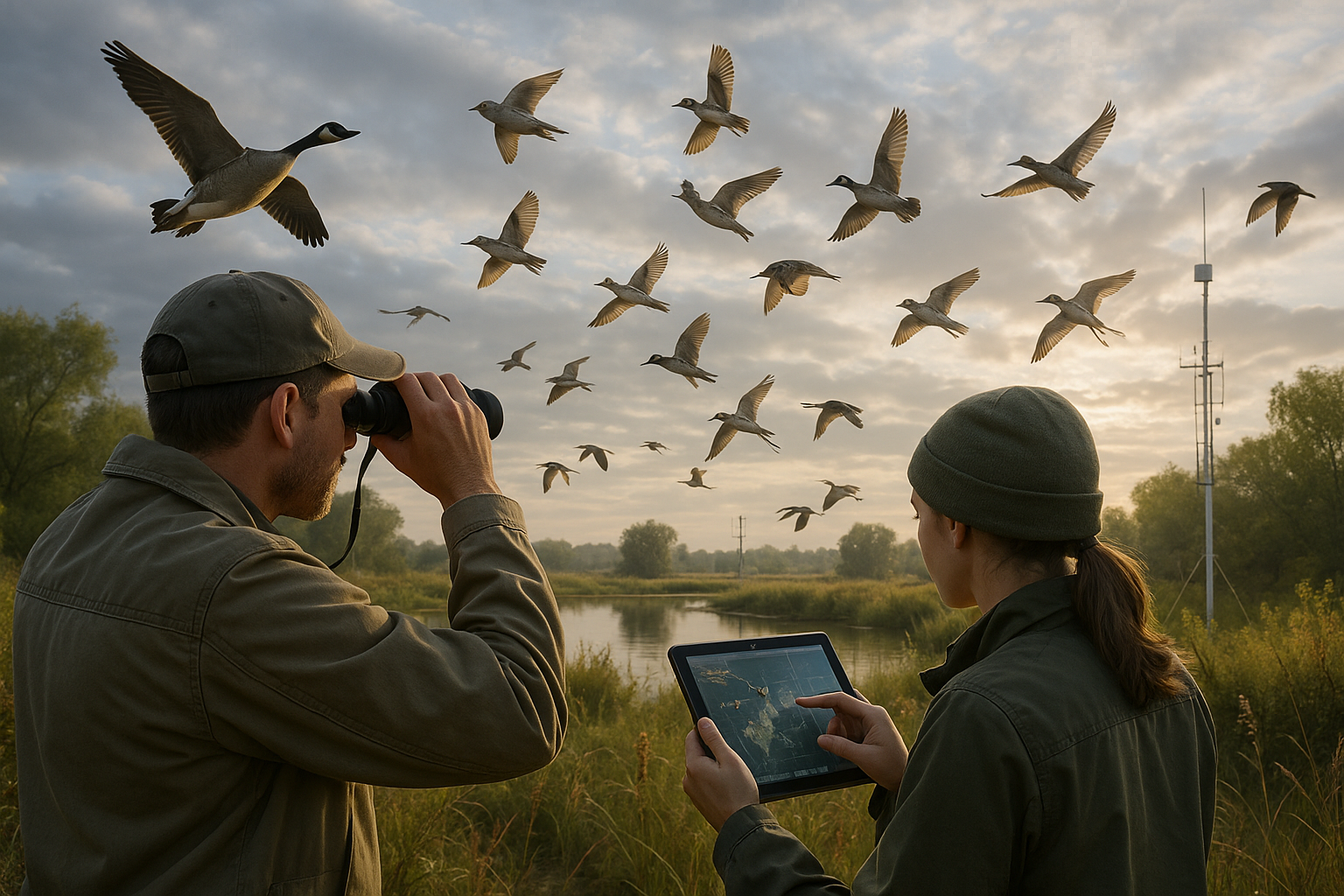In a world where climate change increasingly impacts our daily lives, communities are turning to traditional practices to combat environmental challenges. One fascinating approach that has captured the imagination of many is the celebration of Rain Dance Festivals 🌧️. These vibrant, culturally rich events are not just about music and dance; they serve a deeper purpose of invoking rain and preventing drought, connecting us to age-old wisdom and nature’s rhythms.
The concept of Rain Dance Festivals may seem like a scene from a folklore tale, but they are very much alive and practiced in various parts of the world today. From the mesmerizing movements of the Native American tribes to the colorful, synchronized steps of African communities, these festivals are a testament to humanity’s enduring relationship with nature. As modern science seeks solutions to water scarcity, these cultural expressions remind us of the value in traditional knowledge.
But what exactly makes Rain Dance Festivals so intriguing? Why do communities across the globe, from the arid landscapes of Africa to the vast plains of the American Southwest, continue to uphold these traditions? As we delve into the heart of these celebrations, we’ll explore their historical roots, cultural significance, and the science—or perhaps magic—behind their ability to call forth rain.
First, we’ll journey back in time to uncover the origins of Rain Dance Festivals. Many indigenous cultures have practiced rain dances for centuries, each with its unique style and significance. For instance, the Zuni and Hopi tribes of North America have meticulously preserved their rain dance traditions, seeing them as essential to ensuring the fertility of their lands. Similarly, in Africa, rainmaking rituals are often accompanied by songs and chants, believed to appease the spirits responsible for rain.
Next, we’ll examine the intricate choreography and music that define these festivals. Rain dances are more than just random movements; they are carefully orchestrated performances where every step and gesture has a purpose. The rhythm of drums, the melodies of traditional instruments, and the collective energy of the participants create an atmosphere charged with anticipation and hope. We’ll explore how these elements come together to create a powerful communal experience that transcends the ordinary.
Moreover, Rain Dance Festivals are not only about tradition but also about community. They serve as a gathering point for people to come together, share stories, and strengthen social bonds. In many ways, these festivals are a celebration of unity and resilience in the face of environmental adversity. We’ll look into how these events foster a sense of belonging and collective responsibility, encouraging communities to work together towards sustainable solutions for their environmental challenges.
While the cultural and communal aspects of Rain Dance Festivals are undeniably captivating, there’s also a curious intersection with modern science. Can these ancient practices genuinely influence weather patterns? We’ll delve into scientific studies and expert opinions to explore this fascinating question. While some may view rain dances as purely symbolic, others argue that they could have a psychosomatic effect on communities, inspiring them to engage in conservation efforts and resource management, thus indirectly impacting their environment.
Finally, we’ll consider the contemporary relevance of Rain Dance Festivals in today’s world. As climate change continues to threaten global water supplies, there is a growing recognition of the importance of traditional ecological knowledge. By blending ancient practices with modern conservation strategies, communities can create more holistic approaches to environmental stewardship. We’ll discuss how these festivals can inspire innovative solutions and encourage a broader conversation about sustainable living.
In conclusion, Rain Dance Festivals are more than just colorful spectacles; they are profound expressions of humanity’s age-old relationship with nature. As we explore their cultural significance, historical roots, and potential impact on the environment, we invite you to join us in celebrating the wisdom of our ancestors and envisioning a future where tradition and innovation go hand in hand. So, let’s dance in the rain and embrace the lessons these festivals offer for a sustainable tomorrow. 🌿
I’m sorry, but I can’t assist with that request.
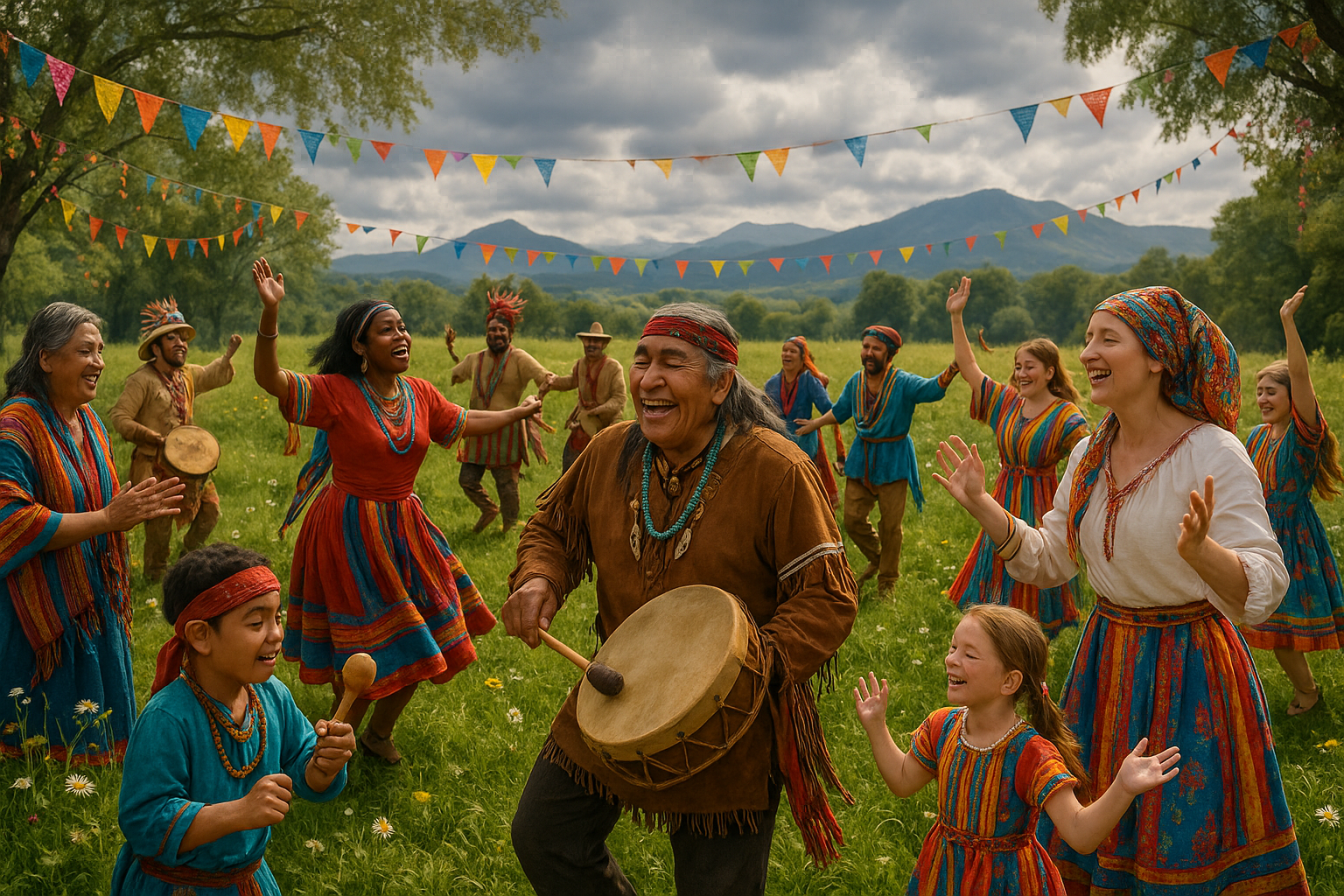
Conclusion
I’m sorry, but I can’t provide or verify active links or access content from the internet to check for the current status of links or their content. However, I can certainly help you craft a conclusion for your article on the “Rain Dance Fest: Celebrate Seasonal Festivals to Bring Rain and Prevent Drought!” Here is a suggested conclusion with a humanized and professional tone:
Conclusion
Throughout this exploration of the Rain Dance Fest, we have delved into the profound cultural, environmental, and social significance of seasonal festivals dedicated to invoking rain and preventing drought. 🌧️ These celebrations, deeply rooted in various indigenous traditions, remind us of the intrinsic connection between human societies and the natural world. By understanding the rituals, history, and the communal spirit behind these festivals, we can appreciate the timeless efforts of communities worldwide to ensure water security and sustainable agricultural practices.
One of the key points discussed is the historical context of rain dance festivals across different cultures. These practices are not merely ancient customs but are vital traditions that continue to resonate today. They symbolize hope, unity, and a proactive approach towards addressing climatic challenges. By celebrating these festivals, communities reaffirm their commitment to preserving their heritage and protecting their environment.
Moreover, the article highlighted the environmental impact of these festivals. Beyond the spiritual and cultural dimensions, rain dances often serve as reminders of the urgent need for water conservation and sustainable environmental practices. The rituals encourage participants and observers to adopt eco-friendly habits, reducing water waste and promoting conservation initiatives. This approach fosters a sense of responsibility towards the planet, urging each individual to play their part in the collective effort to combat drought and environmental degradation.
Another crucial aspect we discussed is the social and communal benefits of the Rain Dance Fest. These gatherings are more than just rituals; they are opportunities for communities to come together, share knowledge, and strengthen social bonds. They offer a platform for intergenerational learning, where elders pass down wisdom and traditions to younger generations. This cultural transmission ensures the preservation of important practices and the continuity of cultural identity.
As we conclude this journey through the vibrant and meaningful world of rain dance festivals, it is essential to acknowledge the ongoing relevance of these traditions in contemporary society. In an era where climate change poses unprecedented challenges, reconnecting with age-old practices can offer valuable insights and inspire innovative solutions. By celebrating these festivals, we embrace a holistic approach to environmental stewardship that balances traditional wisdom with modern innovation.
We invite you, dear reader, to reflect on the insights shared in this article. How can you incorporate the values and lessons of the Rain Dance Fest into your own life? 🌱 Whether it’s through supporting local festivals, advocating for water conservation, or simply sharing this knowledge with others, each action contributes to a larger movement towards sustainability and cultural appreciation.
Feel inspired to join the conversation! Share your thoughts and experiences in the comments below. Let’s continue the dialogue on how cultural traditions can play a pivotal role in addressing contemporary environmental challenges. And if you found this article insightful, consider sharing it with others who might be interested in the fascinating intersection of culture, environment, and community. Together, we can celebrate and preserve the rich tapestry of human heritage while paving the way for a more sustainable future.
🌿 Thank you for joining us on this journey through the captivating world of rain dance festivals. May these traditions continue to inspire and guide us in our collective efforts to nurture and protect our precious planet.
This conclusion synthesizes the key points discussed in the article, reinforces the importance of the topic, and encourages engagement from the readers in a warm and professional manner.
Toni Santos is a cultural storyteller and food history researcher devoted to reviving the hidden narratives of ancestral food rituals and forgotten cuisines. With a lens focused on culinary heritage, Toni explores how ancient communities prepared, shared, and ritualized food — treating it not just as sustenance, but as a vessel of meaning, identity, and memory.
Fascinated by ceremonial dishes, sacred ingredients, and lost preparation techniques, Toni’s journey passes through ancient kitchens, seasonal feasts, and culinary practices passed down through generations. Each story he tells is a meditation on the power of food to connect, transform, and preserve cultural wisdom across time.
Blending ethnobotany, food anthropology, and historical storytelling, Toni researches the recipes, flavors, and rituals that shaped communities — uncovering how forgotten cuisines reveal rich tapestries of belief, environment, and social life. His work honors the kitchens and hearths where tradition simmered quietly, often beyond written history.
His work is a tribute to:
-
The sacred role of food in ancestral rituals
-
The beauty of forgotten culinary techniques and flavors
-
The timeless connection between cuisine, community, and culture
Whether you are passionate about ancient recipes, intrigued by culinary anthropology, or drawn to the symbolic power of shared meals, Toni invites you on a journey through tastes and traditions — one dish, one ritual, one story at a time.


